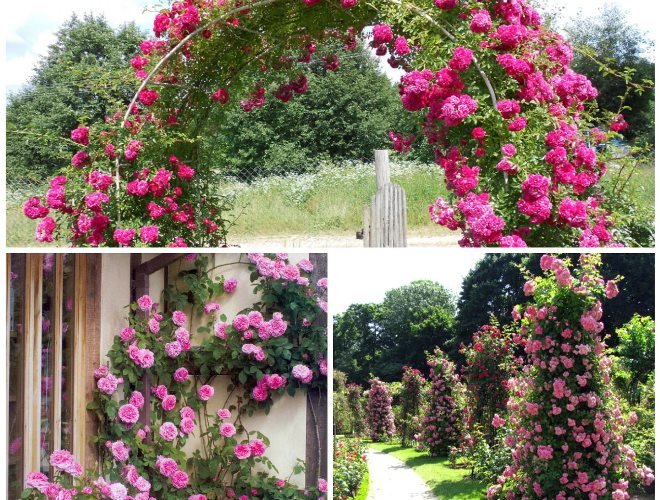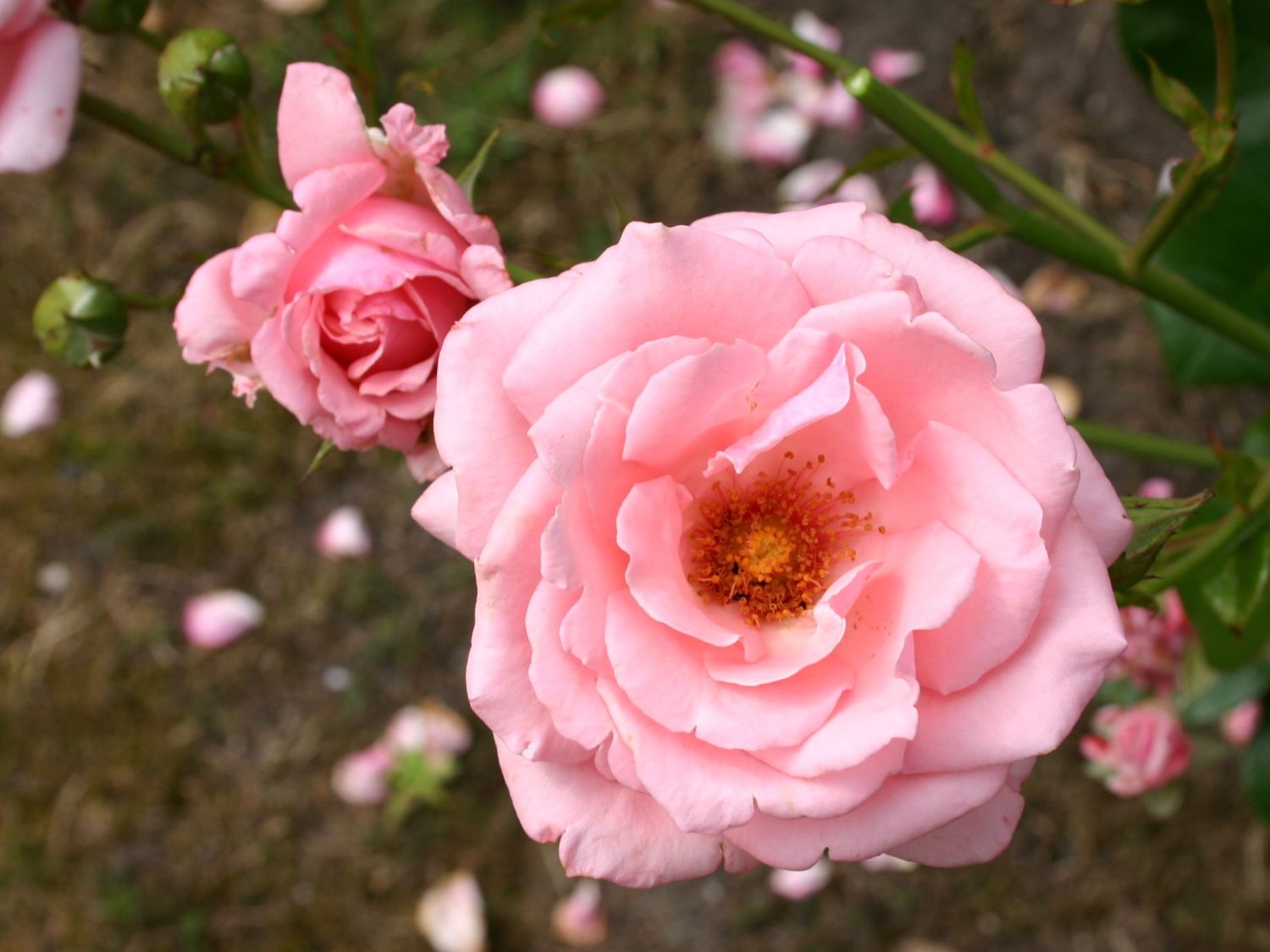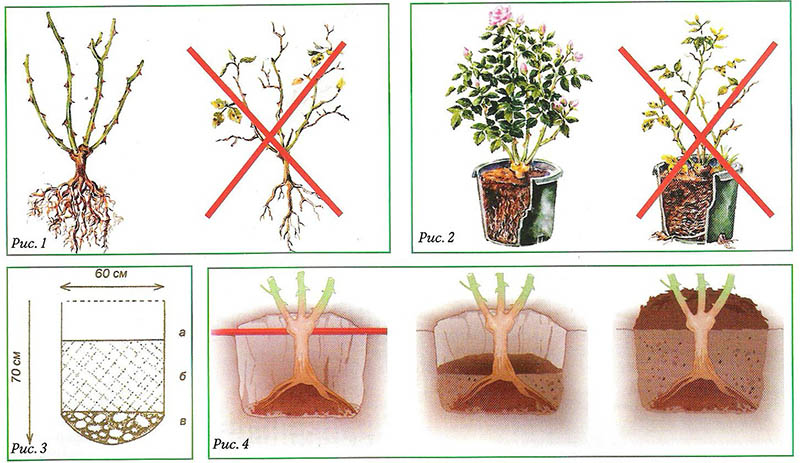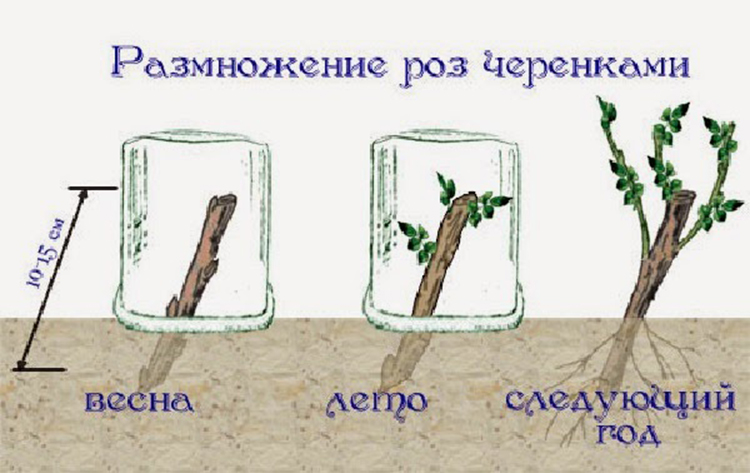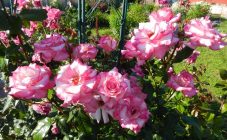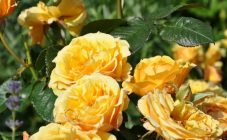Climbing roses can decorate any place, from an ordinary balcony in a multi-storey building to a summer cottage. This curly beauty is used in landscape design and landscaping in various variations.
Brief history and main characteristics
Many varieties of the climbing rose are derived from the multi-flowered rose, which was introduced from Japan to Europe in the 18th century. This flower belongs to the group of garden roses and, in turn, is subdivided into groups: clammers, ramblers, super-ramblers. Claymers, in turn, are divided into old, modern, miniature.
This group of roses got its name due to its shoots: they are long and climbing, which makes it possible to use them in various ways in landscaping.
By the nature of growth, they are divided into:
- Curly rose. The height of its shoots reaches from 5 to 15 m.
- Climbing. The length of the shoots ranges from 3 to 5 m.
- Semi-plaited. The height of this subspecies is from 1.5 to 3 m.
Climbing flowers are widely used in gardening and landscaping of the territory: vertical gardening; creation of decorative columns, arches, trellises; green decoration of balconies, gazebos, walls of buildings.
The climbing flower is divided into two groups: ramblers and large-flowered (they also call this group - clays). The main differences between these colors are as follows:
- The size of the flowers. In large-flowered flowers, the buds reach 10 cm and are distributed throughout the trunk.
- Ramblers differ from climbers with a barrel. He is thin in this flower and cannot stand on his own without a garter. The trunk of the large-flowered is erect, hard and thick.
- In the first year, the climbers release the trunk, the size of which reaches 1.70 m in height. At the end, the shoot has an inflorescence. This shoot persists for the next year when it leans towards the ground and begins to bloom. Rambler does not bloom for the first year. It is also preserved and put in the main place in the spring. It blooms the next year. This is the main difference between these two types of climbing rose.
- The maximum height of the ramblers' shoots is 4-5 m. The maximum height of the climber is 1.70-2 m.
Below are the popular climbing rose varieties and a brief description of them.
Rose Lavinia
The flower reaches 2-3 m in height. The size is 9-10 cm. The flowers have a pleasant persistent fruit aroma.
Rose Ali Baba
The size of the inflorescences is 8-10 cm, and the height of the bush is 2 m. The buds of this variety are very fragrant, with a predominance of notes of passion fruit and apricot.
Rose Florentina
Unlike previous varieties, this flower is odorless. The variety blooms profusely. Flowers with a diameter of 9 cm. The height of the bush is 2 m.
Rose Antik
The height of the shoots is 2–3 m, and the diameter of the flower is 12-13 cm. The buds are densely double, the petals at the base are white, turning into pink and red. The variety is frost-resistant.
Rose Perennial Blue
It has flowers with a strong, persistent scent. The size of the buds reaches 4 cm, and the height of the bush is 2-3 m.
Rose Dortmund
The plant has inflorescences 10-11cm in size. The bush reaches a height of 2-2.5 m.
Rose Camelot
The flower has a light scent with hints of citrus. The flower size is 5-10 cm, and the height of the bush is 3 m.
Rose Lola
It has double dark ruby inflorescences 5-6 cm in size. The height of the bush reaches 2 m.
Rose John Cabot
The plant has buds 6-7 cm in size, and its height is 2 m. The variety is winter-hardy.
Rose brownie
Small flower. It reaches a height of 1.8 m, and has large flowers - 9-10 cm.
Rose Henry Kelsey
This species has a maximum bush height of 2.4 m.The flower size is 6-7 cm.
Climbing rose Metanoia
An orange-salmon plant with a flower size of 9-11 cm and a bush height of 3 m.
Ramira variety
The flower grows up to 3 m.The circumference of the bud is 10-12 cm.
Rose Coral Down
A plant with a bush height of 2-3 m and a bud size of 7-8 cm. Petals are medium-sized, 35 pieces per bud, soft coral.
Rose the Alchemist
A plant with inflorescence sizes of 10-11 cm and a stem height of 2-3 m. Inflorescences are rosette-shaped, densely double. The petals are yellow, pink and salmon shades.
Planting and leaving
The basic rules to consider when preparing for planting a climbing rose:
- Rose is a light-loving plant. When landing, they are oriented to the south, southeast, southwest. However, prolonged exposure to direct sunlight should also not be allowed. Otherwise, plant leaves may get burned. The plant should be in the shade for part of the day.
- The best time to plant in the middle lane is May-June. The plant can be planted in August-September, but this will be a more risky option. She may not have time to get stronger, which will affect wintering: her rose may not survive. In the first case of planting, it is possible to observe how the rose takes root and, if necessary, make adjustments.
- Before planting, it is necessary to install supports along which the plant will subsequently trail.
- Before planting, in a few weeks it is advisable to dig up the soil and apply fertilizer to it, consisting of peat, limestone and humus.
Open ground planting stages
Landing consists of the following stages:
- A 60x60 hole is dug between the supports. The distance between the holes should be 0.5-1 m. Between the rows 1-2 m.
- The prepared pit is watered abundantly with water.
- After watering, a fertile mixture consisting of peat, humus and sand is poured onto the bottom of the pit.
- Next, the rose seedling is placed in a hole and sprinkled with a fertile mixture. The layer of earth around the seedling is well compacted with your hands. The root collar of the plant should be deepened into the ground by 10 cm.
- After planting the seedling, the soil around the plant is well watered.
- After watering a pit with a seedling, add another layer of earth.
Care
After planting, the care of the climbing rose is extremely important. The cultivation of this plant consists of the following techniques:
- Irrigation. The flower must be watered once every 7-10 days. Watering volume at one time - a bucket of water. Do not overfill the plant. Stagnant water negatively affects the root system of the plant, which can begin to rot.
- Top dressing. In the first year of planting with feeding, it is better not to be zealous. Active fertilization should be started from the second year after planting. Liquid organic fertilizers and complex mineral fertilizers are suitable as top dressing. They can be alternated or used together.
- The area around the rose should be constantly weed-free.
- Mulching is an essential part of rose care. Peat, sawdust, expanded clay are suitable. Mulching helps to retain moisture in the soil and prevents weeds from germinating.
- Pruning. It is necessary to remove dry, diseased branches. This is best done during the fall. It is also necessary to remove buds that have faded. The best time to cut buds is summer.
Wintering
Some varieties have good winter hardiness, but often the rose can freeze out. It is necessary to prepare the plant for wintering. Before severe frosts, when a stable air temperature of 5-7 ° C is already kept below zero, the shoots should be carefully detached from the support and bent near the ground. Before this time, the rose should not be covered. The plant will not have time to harden.
Additional protective material (peat, sawdust, etc.) can be put on the ground beforehand. The flower must be attached to the ground.Wire clips or wooden slingshots can be used as fasteners. Bushes attached to the ground must be covered. Spruce branches or synthetic agrofibre, which protects well from the cold, serve as a shelter.
After winter, when stable warm weather with a positive temperature comes, the flower must be picked up from the ground and fixed at the main support.
Reproduction
The propagation of a climbing rose is possible in several ways:
- seeds;
- cuttings;
- layering.
The best and more reliable methods of propagation: by layering and cuttings.
Cutting is the easiest way to reproduce. You can use the stems that are still blooming, and those that have already faded.
Diseases
The main diseases that can affect the cultural relative of the rose hips are powdery mildew and root cancer.
With powdery mildew, the leaves of plants are covered with white spots. Over time, they increase in size, the rose stops developing, flowering stops. The rose is especially susceptible to this disease in hot, humid weather. Treatment for powdery mildew is carried out with Bordeaux liquid, spraying a flower with it.
Root cancer can be recognized by the brown spots that cover the roots of the plant. Most often, root cancer is found in the spring, when the plant is raised after wintering. Therefore, after removing the winter shelter from the rose, the plant must be carefully examined. Untimely detection of this disease can lead to the fact that the spots will grow and take the entire stem in a tight ring.
Treatment for root cancer is the removal of the diseased part. Moreover, during the removal of the diseased part of the plant, it is imperative to capture a small part of the healthy one.
As preventive measures against root cancer can be:
- timely shelter and its removal from the plant;
- replacement of nitrogen with potash fertilizers. We are talking about the autumn fertilization of the plant.
Pests
Of the pests, spider mites and aphids are most often affected by rosalia. Before resorting to insecticides, you should try less aggressive products. Horsetail or nettle can become such. A decoction is prepared from these herbs and the plant is processed twice with it.
The efforts made in planting and caring for a climbing rose will pay off handsomely. This multi-colored beauty will decorate the site for many years.
